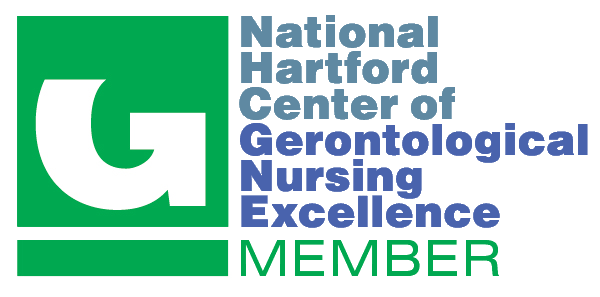Doctor of Nursing Practice Program
Mary Ricci, DNP, MSN, CRNA

-
Committee Chair Name & Credentials:
Dr. Terri Allison, DNP, ACNP-BP, FAANP -
Committee Member Name & Credentials:
Dr. Jo Ellen Holt, DNP, APRN, CCNS, CEN, CHSE, CSSBB
DNP Project Abstract
Crisis Preparedness in Anesthesia: Implementation and Integration of the Stanford Emergency Manual into the Intraprocedural Platform at Boston Medical Center
Purpose
Operating room crises are rare but critical events. A systematic review performed by Anderson et al. (2013) found that 14.4% of all surgical patients experienced at least one adverse event during the perioperative period. The use of cognitive aids during perioperative crises reduces the omission of critical treatment/ assessment steps and improves provider stress (Arriaga et al., 2013; Hardy et al., 2018; Koers et al., 2020). The purpose of this quality improvement project was to supply clinicians with consistent and reliable access to the Stanford Emergency Manual in all areas where anesthesia is administered and to execute a robust implementation program that includes structured interdisciplinary simulations to create the safest perioperative experience for patients at BMC.
Methods
The initial implementation phase consisted of presentations given to nursing staff, surgery and anesthesia to introduce the project and create a baseline understanding of the manuals’ use and importance. Additional education and project updates were provided in department newsletters and e-mail updates. The manuals were then made available electronically on the EMR as a quick link and hard copies of the manuals were placed in each procedural area of the IPP. Finally, five interdisciplinary simulations were held and included participants from anesthesia, surgery, nursing, and pharmacy. The simulations were based around the scenario of local anesthetic systemic toxicity (LAST). A needs-based survey was sent out to the anesthesia department in July 2021 and these results were compared to a pre- and post-simulation survey completed by all simulation participants.
Results
The manuals were successfully placed into all areas where anesthesia operates. Electronic versions were made available through the EPIC EMR charting system and could be accessed quickly via an integrated OR charting button or on the drop-down resources menu. Dynamic QR codes were posted in every area where anesthesia operates as well as on all emergency equipment such as code carts and airway carts. These QR codes linked directly to the manual as well as a list of emergency phone numbers and equipment locations that could be easily updated. A total of 5 interdisciplinary simulation sessions were held in April and May of 2022. Sixty participants took part in the sessions, 30 of which were from the anesthesia department. When asked on the pre-simulation survey administered April- May 2022, “Have you received information about the use of the Stanford Emergency Manuals at BMC within the last year?” 26.7% of anesthesia participants said “No.” The goal of providing education on the manuals to 100% of the department was not met. While the 2021 needs-based survey and the 2022 pre-sim survey only showed slight increase in confidence in managing LAST (6.2%), 96.7% of participants reported their confidence managing LAST was moderately-greatly increased after participation in the simulation sessions.
Implications for Practice




